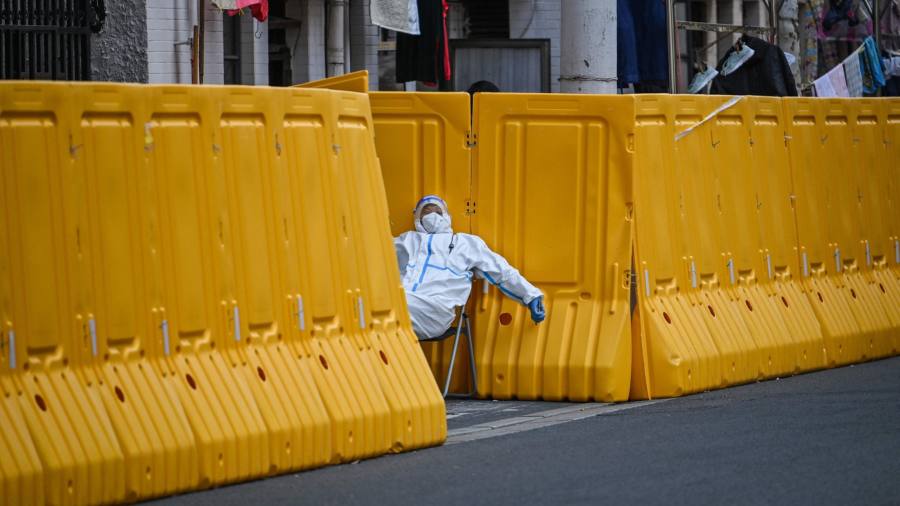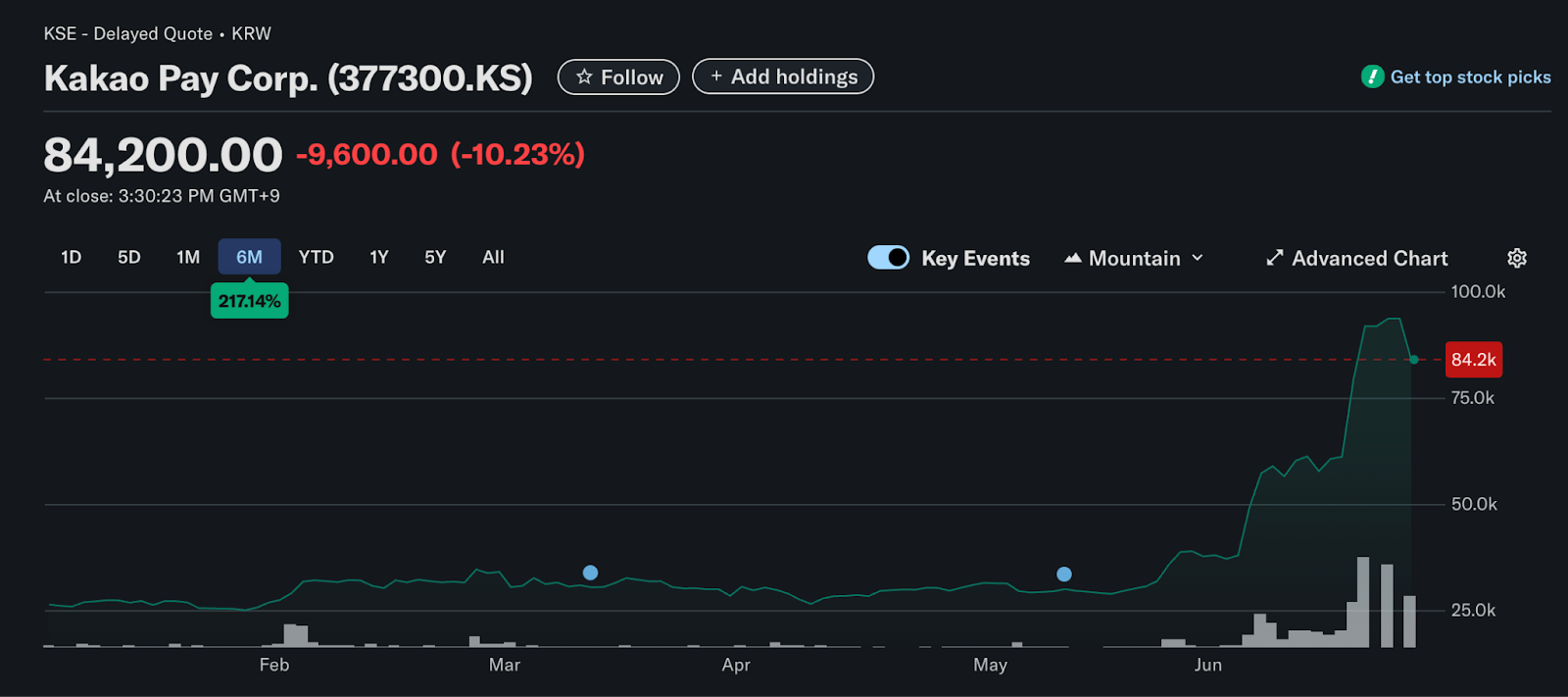US and European companies have blamed disappointing earnings on a slower than expected economic rebound in China, after its sudden reopening from pandemic curbs prompted over-optimistic growth forecasts.
Cosmetics group Estée Lauder was the most high-profile example this week, suffering its sharpest one-day share price fall on record after it cut sales forecasts because of a “far more volatile . . . and more gradual” recovery in Asia than it had expected.
It was one of a growing number of companies from consumer-focused chains such as Starbucks to big tech groups and logistics businesses all striking notes of caution over the past two weeks.
“The overall expectation was, following the reopening, the China market was going to bounce back,” Qualcomm chief executive Cristiano Renno Amon told analysts on Wednesday. “We have not seen those signs yet.”
Qualcomm’s rival and onetime acquisition target NXP Semiconductors provided a similar warning the previous day, noting that “it’s too early” to talk about a China recovery. “We’ve seen a modest, gradual improvement . . . from a very slow start,” said chief executive Kurt Sievers.
Several consumer-facing groups also cautioned about the pace of the recovery, particularly those that — as with Estée Lauder — rely on travel spending.
Hilton chief Christopher Nassetta said: “China won’t contribute what I would have hoped it would this year”.
Finnair, meanwhile, noted the recovery had been “slower to start than many anticipated, while Colgate-Palmolive said: “We have not seen the travel retail business come back yet”.
Some companies have been more sanguine. Asia-wide sales grew strongly in the first quarter at LVMH, the world’s biggest luxury group, and chief financial officer Jean-Jacques Guiony said he was “very optimistic about the normalisation of the Chinese market”.
Budweiser Apac, the Asia-Pacific unit of brewer Anheuser-Busch InBev, opened an earnings call last week saying “China is back”.
Some companies that had not set expectations too high were able to benefit. Adidas, for example, reported falling revenues and continued “uncertainty” in China, but its shares nonetheless jumped 8 per cent on Friday as it said it was seeing “a positive trend” after several years of challenges.
Starbucks said it had seen a “robust recovery” in the first three months of the year, but added that growth had already started to slow and highlighted “uncertainty in the overall environment”, particularly in areas such as international travel.
The comments came despite official figures showing a robust start to the year for China’s economy, with gross domestic product on track to meet or exceed Beijing’s target of 5 per cent annual growth.
David Donabedian, chief investment officer at CIBC Private Wealth, said the divergence reflected the fact that some observers had simply been too optimistic in predicting “an explosion” in activity, while some had also been hoping for more accommodative monetary policy to turbocharge growth.
“There was the expectation that it was going to be like a coiled spring . . . there was a pick-up, but no explosion.”
The shift in growth expectations is taking place against a backdrop of wider concerns among business leaders about Beijing’s scrutiny of US companies’ operations in China.
Following raids on the Chinese offices of Bain and other consultancies, the US Chamber of Commerce said China’s new counter-espionage law “dramatically increases the uncertainties and risks of doing business in the People’s Republic.”
Tim Ryan, US chair of PwC, noted in an interview that US companies’ awareness of “concentration risks” in China had grown from the tariff battles early in the Trump administration to the supply chain disruptions caused by the pandemic.
“To be clear, I’m not seeing a decoupling” between the US and China, he said: “What I am seeing is more attention to how do you manage risks. What’s happened in the past couple of weeks is more validation that they need to continue to manage risks,” he said.
Credit: Source link











